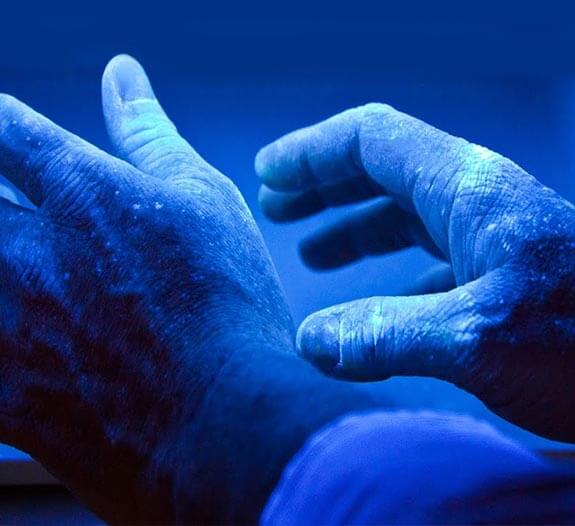
Types of Phototherapy
Phototherapy is one of the treatment modalities for vitiligo. It can be of the following types:
1. Narrowband UVB (NBUVB) Phototherapy
NBUVB is the latest and promising therapy.
A specific wavelength of 311 nm is delivered in a chamber. It is safe and effective for both adults and children. A minimum number of 15 - 20 sessions, 2-3 times a week, are needed for favorable results.
2. Targeted NB UVB Phototherapy
In this, a 311 nm beam is targeted only on affected areas. It is the treatment of choice when less than 30% of body surface area is involved. It is also the best option for children due to the very low cumulative dosage of radiation and the avoidance of unnecessary exposure of uninvolved skin.
3. Monochromatic Excimer Laser
It is the delivery of a 308 nm wavelength of light using xenon chloride gas to the skin without photothermal effects. As the laser energy is delivered through a handpiece, there is a negligible effect on the surrounding skin.
4. UVA/UVB Phototherapy
This allows delivery of 300-380 nm wavelength spectrum of light (UVB and UVA 1) to treat stubborn vitiligo patches.
 Whatsapp
Whatsapp Facebook
Facebook Twitter
Twitter Instagram
Instagram Linkedin
Linkedin Pinterest
Pinterest